Optimal Timing for Foundation Repairs
Foundation repairs are most effective when performed during periods of stable weather conditions. Mild temperatures and dry conditions help ensure proper curing of repairs and prevent additional soil movement. Seasonal considerations can impact the timing of repairs, with late spring and early fall often being ideal due to moderate temperatures and lower precipitation levels.
Spring offers favorable conditions for foundation repairs, with moderate temperatures and less soil moisture fluctuation, making it suitable for many repair projects.
Fall provides a stable environment with cooler temperatures and less rain, allowing repairs to settle properly before winter.
Winter can pose challenges due to freezing temperatures and snow, which hinder repair work. Summer's heat and dryness can also cause soil to shift, complicating repairs.
Soil moisture levels significantly influence foundation stability. Repairs should be scheduled when soil is neither overly saturated nor extremely dry to ensure effectiveness.
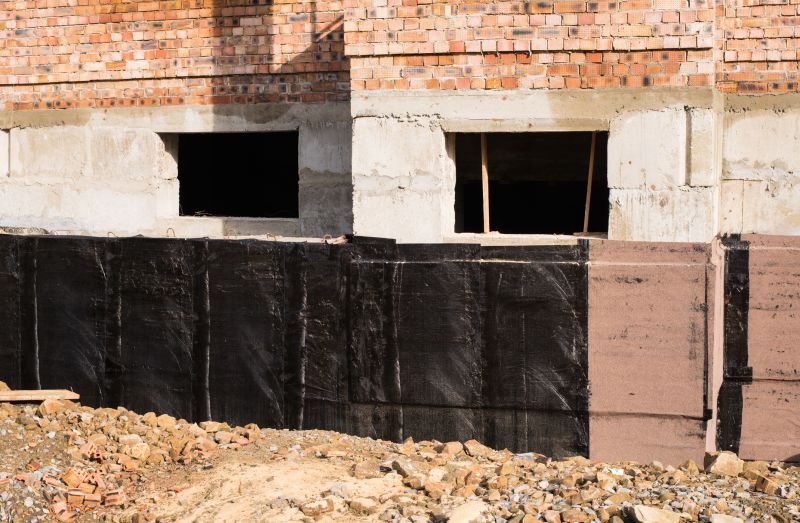
Image depicting a foundation repair project in spring, with moderate weather conditions.
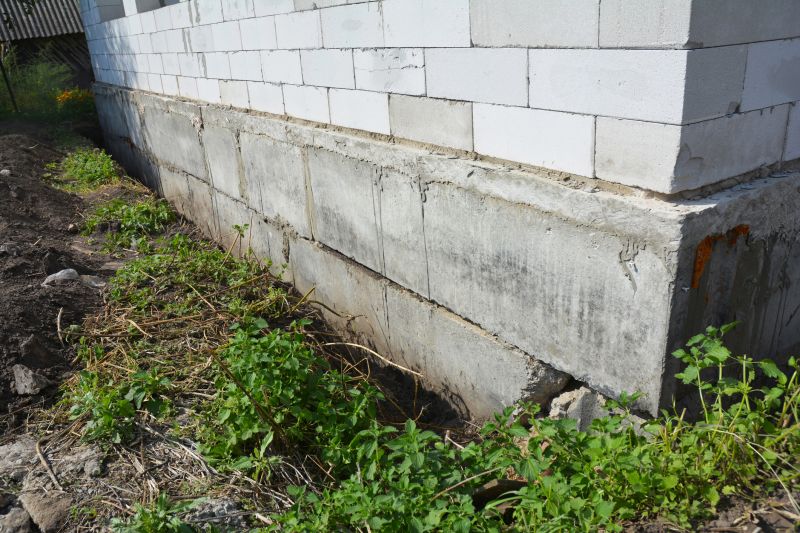
Image showing foundation stabilization work during autumn with clear skies.
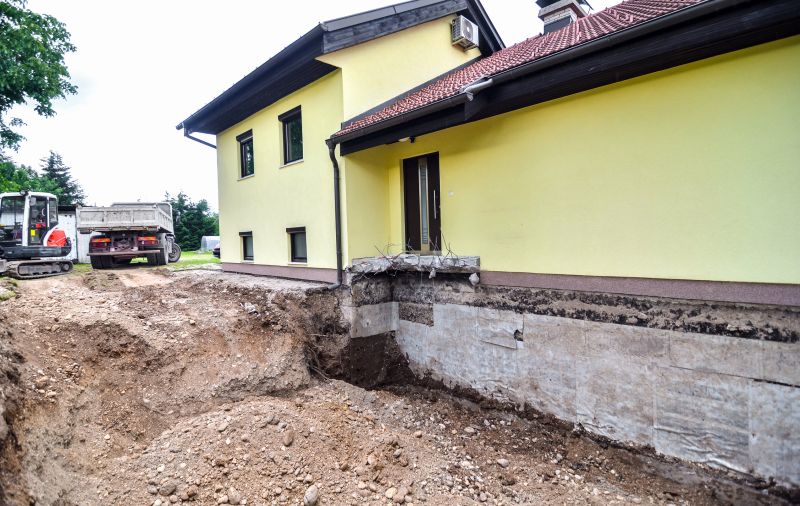
Image illustrating foundation inspection prior to winter, emphasizing soil and weather considerations.
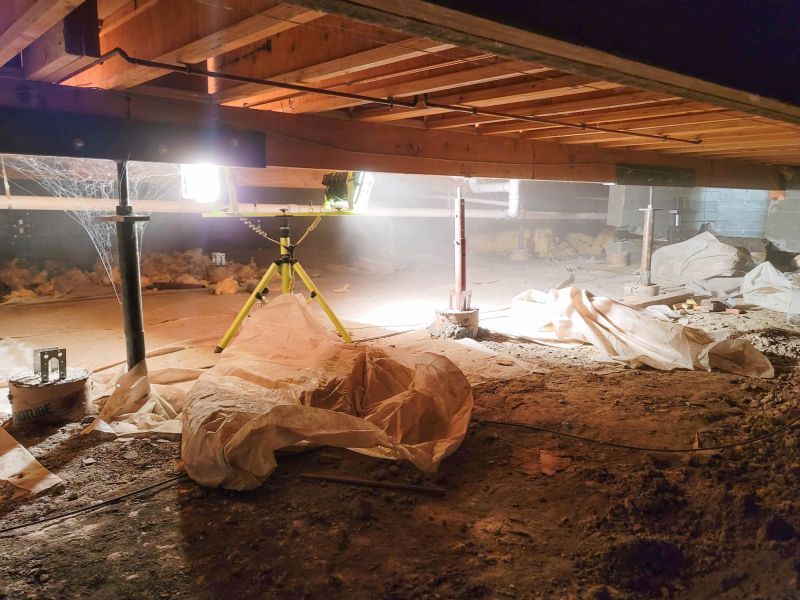
Ways to make Foundation Repairs work in tight or awkward layouts.
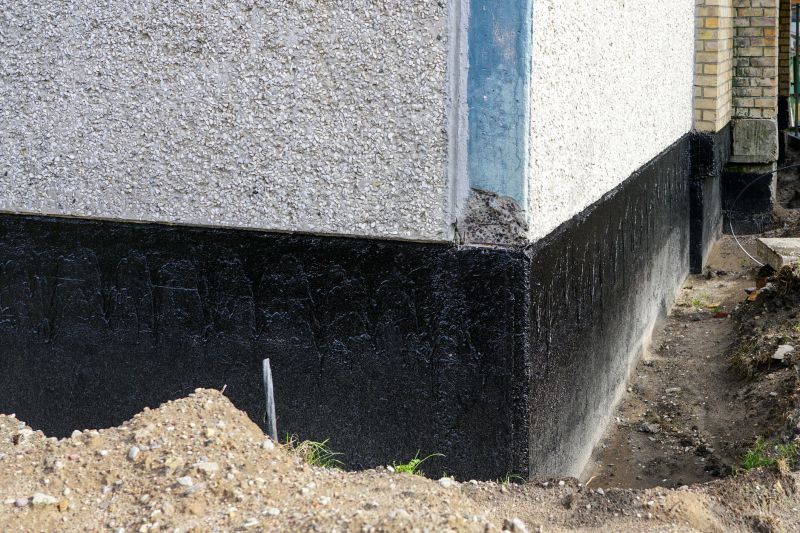
Popular materials for Foundation Repairs and why they hold up over time.
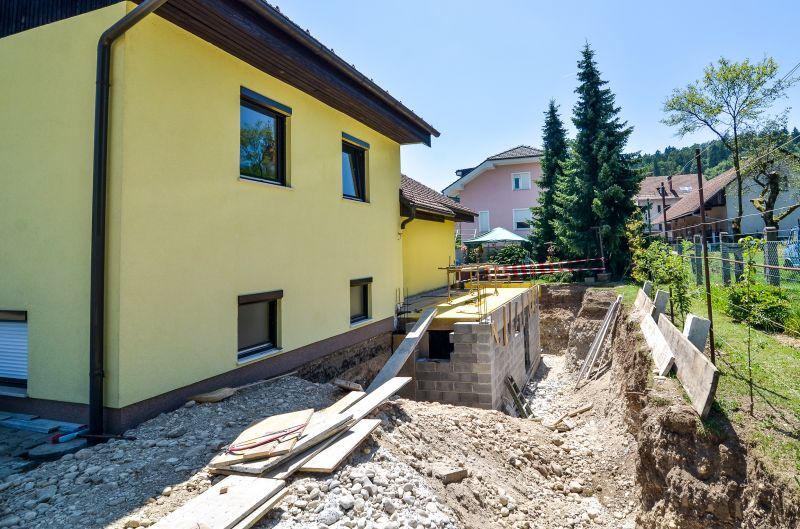
Simple add-ons that improve Foundation Repairs without blowing the budget.
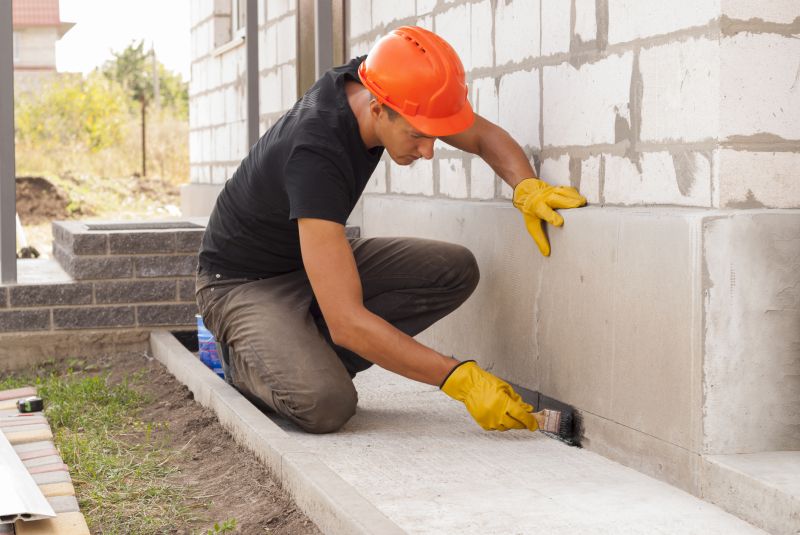
High-end options that actually feel worth it for Foundation Repairs.
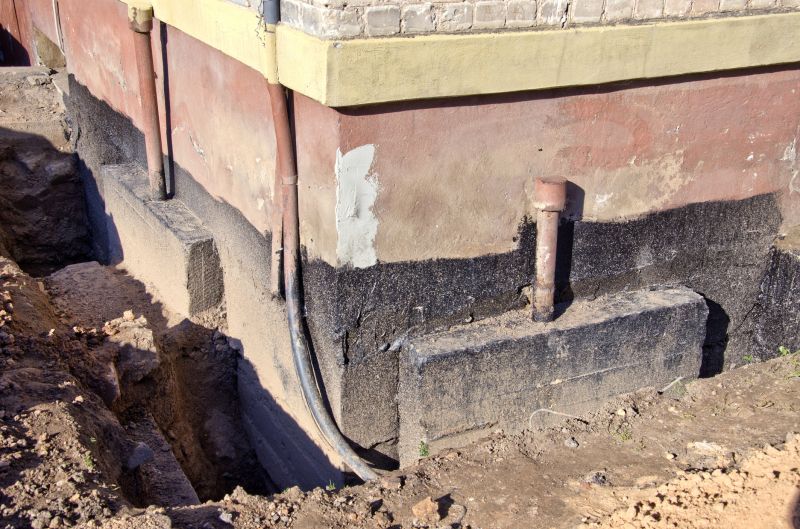
Finishes and colors that play nicely with Foundation Repairs.
| Season | Optimal Conditions |
|---|---|
| Spring | Moderate temperatures, low soil moisture fluctuation |
| Fall | Cooler temperatures, less rain |
| Summer | High temperatures, soil drying and shifting |
| Winter | Freezing temperatures, snow, and ice |
Foundation repairs are critical for maintaining the structural integrity of a building. Addressing issues promptly can prevent further damage, reduce long-term costs, and improve safety. The timing of repairs influences their success, with seasonal weather patterns playing a significant role. Properly scheduled repairs during optimal weather conditions ensure better soil stability and allow materials to set correctly, leading to more durable results.
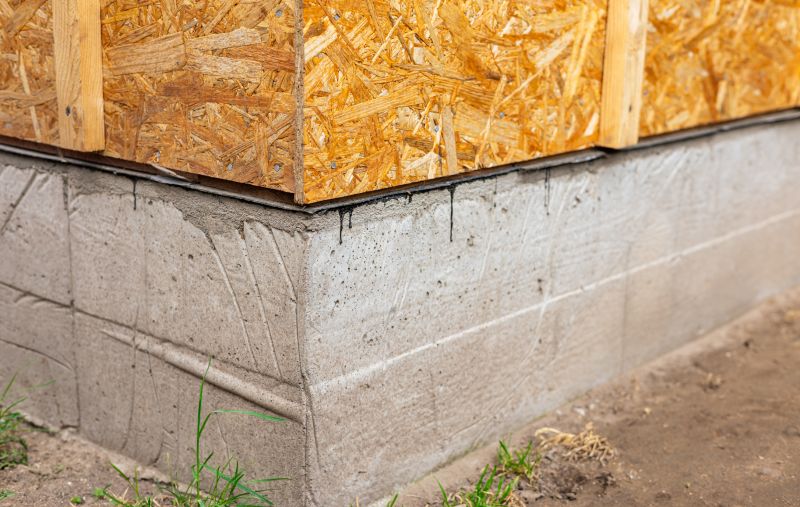
Image showing foundation stabilization work during suitable weather conditions.
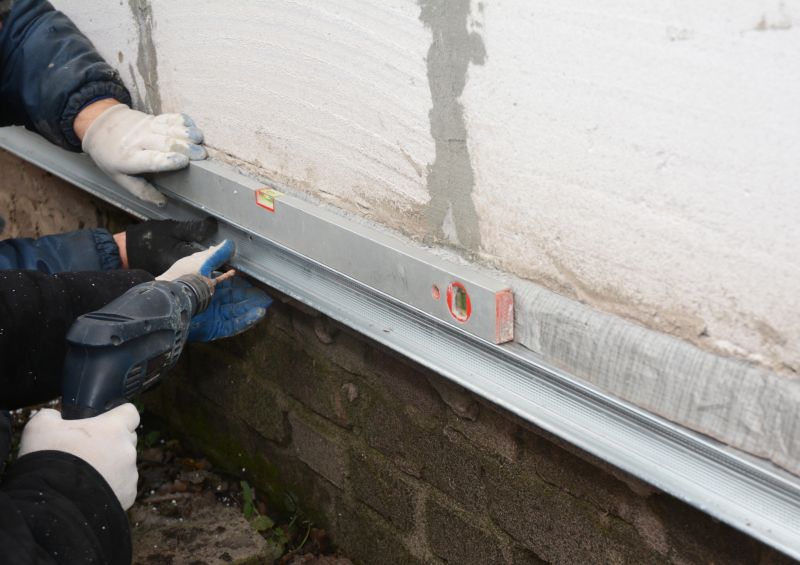
Image illustrating soil treatment methods used before repairs.

Image of a finished foundation repair project with proper curing.

Little measurements that prevent headaches on Foundation Repairs day.
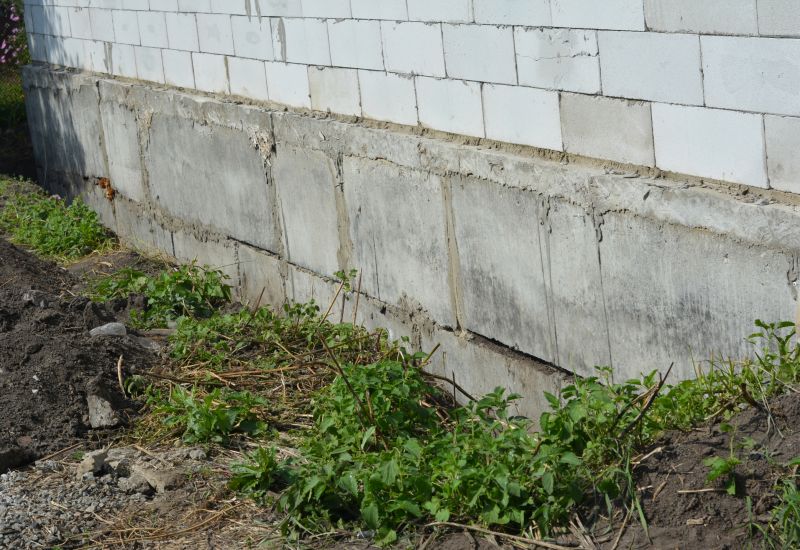
A 60-second routine that keeps Foundation Repairs looking new.
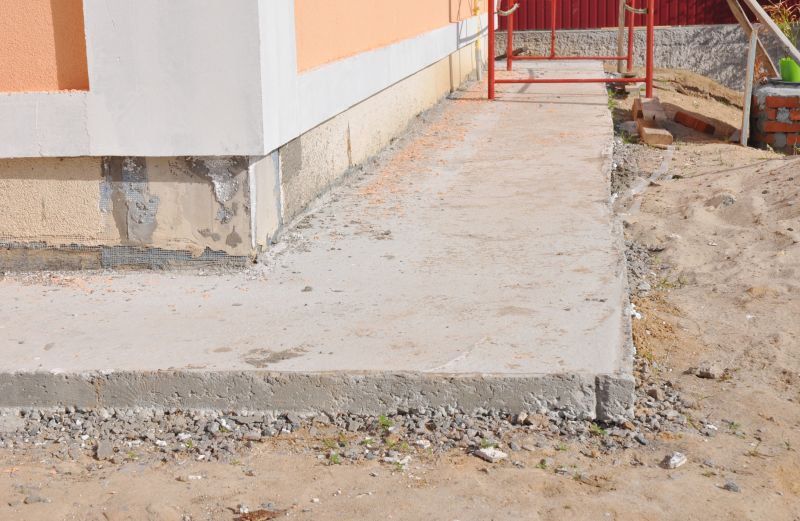
A frequent mistake in Foundation Repairs and how to dodge it.

Small tweaks to make Foundation Repairs safer and easier to use.
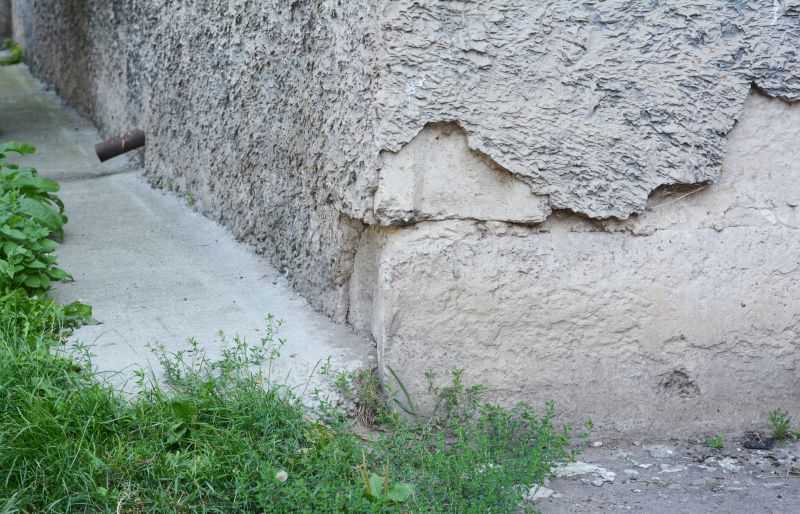
Lower-waste or water-saving choices for Foundation Repairs.
Scheduling foundation repairs during favorable weather conditions enhances the longevity and effectiveness of the work. Regular inspections and timely interventions are essential to prevent minor issues from escalating into major structural problems. Proper planning around seasonal weather patterns ensures that repairs are completed efficiently and with lasting results.
Interested in foundation repairs? Filling out the contact form can provide guidance on the best timing based on local weather and soil conditions. Professional assessments can help determine the most suitable window for repairs to ensure durability and stability.


